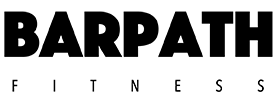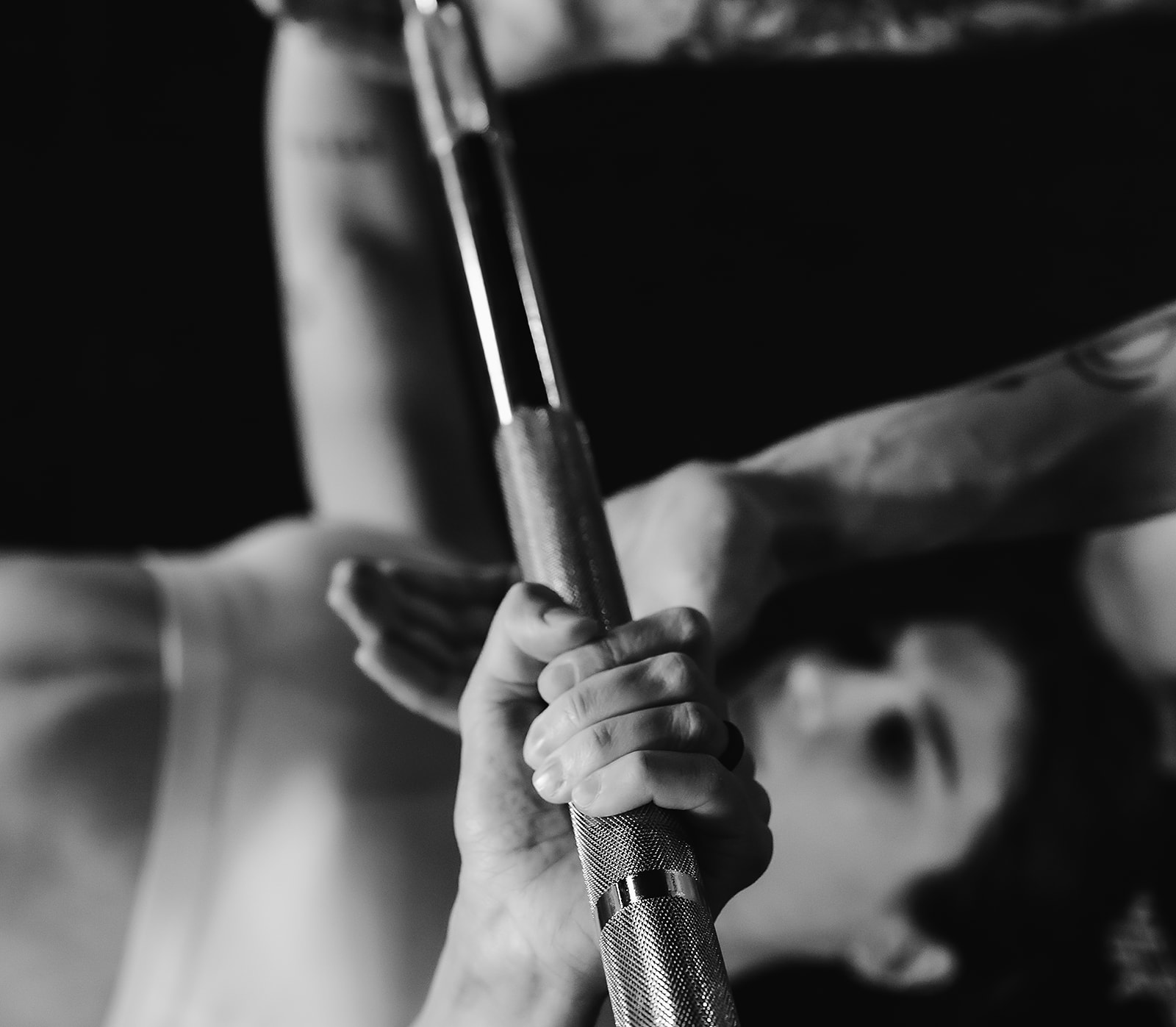There are a lot of fitness tools that people use in their workout routines. In this article, we breakdown what various fitness tools are used for, in what situations, and who is using them. There are some fitness tools that are versatile and add a lot to any fitness routine, and others that actually hinder performance in the long term. Included are links to the products and brands we like the most if you’re looking for a specific tool or you just want a visual.
Lifting Straps
Lifting straps help with grip strength so you can lift more weight with pulling movements. For example, you can use straps for lower body pulling movements like deadlifts and its variations to improve grip strength. However, if you’re going to use straps, grip strengthening should also be incorporated elsewhere with movements like hanging, pull ups, farmers walks, etc. It’s important to incorporate these movements as over-reliance on lifting straps will result in a weaker grip over time.
How To Use Lifting Straps
Lifting straps are versatile in how they can be used. Using them for tempo work if fatigue is setting in is an option. They can also help you “feel” the muscle connection more in certain cicumstances. Most of the time, this happens when training the back. If someone has a hard time connecting to their lats, using lifting straps could be a good tool to take the grip component out of the movement to connect to the primary mover more.
The Different Types Of Lifting Straps
Simple inexpensive lifting straps can be found just about anywhere. Versa Gripps are a little more pricey but highly recommended for things like rows or pulldowns.
Weight Belts
Weight belts increase intra-abdominal pressure, which helps to stabilize the spine and reduces the risk of injury so you can lift heavier. Weight belts can be a great tool if you’re trying to lift heavy weight, and you usually see a lot of powerlifters or strongman athletes use them both in competition and training. The two movements you usually see the weight belt used for are squats and deadlifts. People are typically lifting the most weight with these movements, which means a lot of potential stress on the lower back.
How To Use Weight Belts
Unless you are powerlifting, training with very high intensity, or going for a PR, you may never need a weight belt. In almost all cases, proper form should be utilized in leu of a belt to build lower back and core strength with squats and deadlifts. Studies have found that lifting the same weight with a belt is easier than lifting it without a belt, and that a belt increases intra abdominal pressure when lifting. Stuart Mcgill wrote this in a 2005 review for the NSCA: “ If one must lift a few more pounds, wear a belt. If one wants to groove motor patterns to train for other athletic tasks that demand a stable torso, it is probably better not to wear one. Instead do the work to perfect lifting technique.”
The Different Types Of Weight Belts
The type of weight belt you choose will depend on the type of training you are doing. For instance, competitive powerlifters will almost always benefit from a thicker, full width belt. This is due to the nature of powerlifting and the need for full 360 degree support with the breathing and bracing. The movements being performed do not require a lot of freedom or give to the belt, so you’ll typically see powerlifters using thicker full width belts in competition. Just be sure to check your federation rulebook to make sure the thickness of your belt is within the allowed specifications. You can find both lever belts and buckle belts for this type of training. We like the Inzer forever belts because they are guaranteed forever. Heather uses Inzer for all her competitions and while she prefers the flexibility of a buckle belt, many people prefer the lever belt. With a buckle belt, you can easily loosen or tighten the belt by choosing another hole whereas the lever belt requires removing the lever with a screwdriver and changing holes in order to change the tightness. There are also vegan leather belts if you do not want a leather belt, though the majority of powerlifting belts are leather.
Tapered weight belts are used when more flexibility and athleticism is required. Even some powerlifters prefer tapered belts due to comfort. You also may see nylon weight belts or fabric belts in gym settings and these are usually less expensive but provide less support overall.
Lifting Gloves
There are absolutely no benefits to wearing lifting gloves. People wear gloves to protect their hands from getting calluses, but calluses are great! After they develop, they protect your hands better than anything else.
How To Use Gloves For Training
Don’t. Aside from being totally unnecessary, gloves are also terrible for training your grip. A big part of grip training is actually gripping the bar or whatever you’re holding with your bare hands. There’s also a less “tactile” feel when you’re using gloves. As you can tell, we do not recommend these. Ditch the gloves, embrace the calluses.
Resistance Bands
Resistance bands are really versatile and can be used to create variable resistance, meaning you vary the amount of resistance or load throughout different parts of the lift. For instance, you can add bands to a squat so that the bottom portion of the lift is the hardest. This is done a lot in powerlifting to work on creating more resistance in the range of motion where you have the most power. They can be used for a full exercise or movement you’re performing, and they are great for home workouts, vacations, etc. because they don’t take up much space.
How To Use Resistance Bands
Resistance bands are inexpensive and a great way to start building out a home gym. If you program your workout properly as a beginner, you’ll see some pretty impressive results by utilizing just bands. One caveat is that the band doesn’t utilize lower body movements that load the lower body. However, the accessibly that bands offer both at home and on the road makes them a great tool to have.
The Different Types of Resistance Bands
Some resistance bands come with handles and we recommend these for travel and home workouts. These come in varying resistance levels so you can try different tension levels for different movements. Other resistance bands are closed loops like Rogue monster bands which are excellent for adding variable resistance to the big lifts. We talk about this more in our Stronger Than Your Boyfriend podcast episode: Fitness Tools Part 1.
Chains
Chains are also a form of variable resistance and they work similar to bands. The key is that at some point the chain actually has to gather on the ground at the bottom of the lift, which takes load away from the movement until you stand up or press again and it gets heavier as the chain comes off the ground.
Foam Rollers
Learn more about rollers on our muscle soreness podcast episode. Rollers are definitely a great fitness tool to incorporate to help warm up, cool down, or potentially mitigate soreness from a workout, and it feels good while doing it.
How To Use Foam Rollers
You can use foam rollers to warm up or cool down. You can also use them for general mobility work. We also love to use foam rollers for a few specific exercises such as the foam roller passive pullover or breathing drills. There are a lot of great tutorials on Youtube or even through a Google search to help you target specific areas that you’re wanting to work on. For general rolling on “tight” muscles, you’ll want to start by rolling in a specific area then when you find a tender spot, pause there and apply pressure. After a bit of time, begin to slowly roll in small back and forth patterns in that area until you feel the muscle begin to release.
Fitness Balls
Fitness balls can be very effective for certain movements, however many people are not utilizing them properly. You can definitely use these as a tool for many different exercises, but beware of what you find on the internet when it comes to “instability training” tools and ideas.
How To Use Fitness Balls
In certain movements, a fitness ball can bring more range of motion. Crunches on a fitness ball offer a bigger range of motion with more extension at the bottom so actual flexion during the movement is harder. Additionally, these can be used for wall squat guidance when injured or learning a new movement, core movements or planks, and more.
Chalk
Many higher level athletes use chalk but it’s definitely present in commercial gyms as well. The main reason why people are using it is to improve grip strength so the bar doesn’t slip out of the hands.
How To Use Chalk During Training
The chalk soaks up the moisture on your hands to prevent the barbell or dumbbells from slipping out of them. Chalk is a great way to improve grip strength with a little bit of help, and can be used in competition. Chalk is messy so you’ll need to make sure your gym allows it. Liquid chalk is a great alternative to powder chalk to reduce mess and airborne particles.
Heel Wedge
A heel wedge is any form of a wedge that goes under your heels. This could be a simple plate, a slant board, or even lifting shoes. It’s a platform that will elevate the heels when you’re squatting, which allows for a more upright torso when you squat to improve posture. The wedge creates a posture that places more emphasis in the quads vs the lower back, and helps keep someone from leaning over too much during squatting movements. A heel wedge can also open up more range of motion to improve your squat depth.
How To Use A Heel Wedge
Cyclist squats are a great exercise that uses the heel wedge to place more emphasis on the quads. One con of a heel wedge is it can potentially stress the knees. Pitching forward can also cause people to feel a bit off balance in a squat. It’s important to work on the feet and grounding when you use heel elevation.
Ab Mat
Ab mats are typically used for sit ups or crunches. The mat arches, creating a bigger range of motion than just doing them on the floor, and they are padded, so ab work is comfortable.
How To Use An Ab Mat
The main reason ab mats are used is to minimize discomfort during floor ab work. The ab mat can be utilized for other random movements as well. For example, an ab mat can be utilized for seated good mornings when someone can’t get their chest to the bench and can add a little height to a box squat target.
Squat Pad
If you are using this for a “cushion” while you squat, stop right now. Similar to wearing gloves, it feels better in the moment, but in reality you can’t actually tell where the bar is on your back, which creates huge instability as you’re squatting, especially if you’re squatting heavy. Allowing the bar to rest on your back might be uncomfortable at first, but it will feel perfectly normal within a month.
How To Use A Squat Pad
You can use a squat pad for hip thrusts, though there are more heavy duty hip thrust pads out there now. The reality is, we need to build the “shelf” of the upper back and learn to settle the bar on the right place on that shelf.
Bench Blocks
Bench blocks or boards are both used to overload a bench press. The board comes in 1, 2, 3 board sizes and acts to decrease your range of motion as you build strength.
How To Use Bench Blocks
If you’re using bench boards, someone needs to hold the board on your chest as you lower the bar to it then press. You could also try a bench block if you are training alone. This has a similar effect, but does produce a slightly different stimulus. These blocks or boards decrease the range of motion for the press, so you can practice overloading or lifting above 100% for your bench. If you are an equipped powerlifter, boards are a must in your bench program. In this setting, different block sizes are used to help lifters get the bar lower and lower over time until blocks are no longer needed.
Blocks
Blocks or jerk blocks shorten the range of motion in a movement. Typically olympic style athletes will use them to lift more for whatever lift they’re performing such as jerks. They can also be used for many other things in the gym.
How To Use Blocks For Training
With olympic lifting, jerk blocks put the barbell at the start of the most explosive part of the snatch or clean and jerk. You can also use blocks for a rack pull which is just a shortened ROM deadlift. If your gym has access to them, try using blocks for rack pulls over setting up the bars in an actual squat rack. It just feels smoother and less like it’s crashing into the rack every single rep as you put it back down. There are all kinds of blocks including wood blocks and recycled plastic blocks like DC Blocks. They can be stackable and come in various sizes, so you can use them for all sorts of heights.
Yoga Equipment
Yoga Mats
A high-quality yoga mat is a must for any practice, whether you’re flowing through vinyasas or holding deep stretches. Look for a mat with good grip and enough cushioning to support your joints during both dynamic and static movements. A thicker mat (around 5mm or more) can be great for restorative or slower-paced sessions, while a thinner mat offers more stability for balance-focused poses.
Yoga Blocks
Blocks are a game-changer for mobility work, balance, and posture alignment. They help you modify poses to suit your range of motion and can be used to build strength or deepen stretches safely. Whether you’re working on increasing flexibility or supporting your spine during backbends, yoga blocks are a versatile tool for all fitness levels.
Aerial Silks
For those interested in exploring more dynamic or restorative variations of yoga, aerial silks can add a whole new dimension to your training. They’re great for decompression of the spine, building upper-body and core strength, and improving body awareness. Aerial yoga also offers a playful way to challenge your stability and control while having fun.
Final Thoughts On The Best Fitness Equipment
Utilizing fitness tools is a great way to support your fitness goals. However, not all fitness tools are created equal and maximize your workout. Be wary of any tools that take away tactile information from your workout routine, like gloves or squat pads, and utilize the fitness tools that add versatility to your routine. What is most important, though, is to use whatever is going to be beneficial to your overall fitness routine for the long term.
Learn more about group fitness and training on the Stronger Than Your Boyfriend Podcast: Episode # Fitness Tools: When to Use Them and When to Ditch Them, Part 1 & Fitness Tools Part 2



